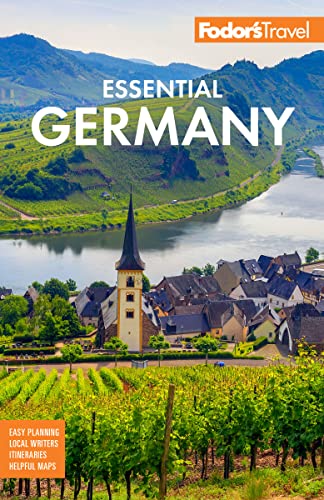The Brothers Grimm
The Grimm fairy tales originated in the southern part of the Märchenstrasse. This area, mainly in the state of Hesse, was the home region of the brothers Jacob (1785–1863) and Wilhelm (1786–1859) Grimm. They didn't create the stories they are famous for. Their feat was to mine the great folklore tradition that was already deeply ingrained in local culture.
Collecting the Stories
For generations, eager children had been gathering at dusk around the village storyteller to hear wondrous tales of fairies, witches, and gnomes, tales passed down from storytellers who had gone before. The Grimms sought out these storytellers and recorded their tales.
The result was the two volumes of their work Kinder- und Hausmärchen (Children's and Household Tales), published in 1812 and 1814 and revised and expanded six times during their lifetimes. The last edition, published in 1857, is the basis for the stories we know today. Earlier versions contained more violence and cruelty than was deemed suitable for children.
That is how the world got the stories of Cinderella, Sleeping Beauty, Hansel and Gretel, Little Red Riding Hood, Snow White and the Seven Dwarfs, Rumpelstiltskin, Puss-in-Boots, Mother Holle, Rapunzel, and some 200 others, many of which remain unfamiliar.
The Brothers' Other Work
Both Jacob and Wilhelm Grimm had distinguished careers as librarians and scholars, and probably would be unhappy to know that they are best remembered for the fairy tales. Among other things, they began what would become the most comprehensive dictionary of the German language and produced an analysis of German grammar.
The brothers were born in Hanau, near Frankfurt, which has a statue memorializing them as well as a Grimm exhibit at Schloss Philippsruhe. They spent their childhood in Steinau, 30 km (18 miles) to the north, where their father was magistrate. There are two Grimm museums there, one in their home. On their father's untimely death they moved to their mother's home city of Kassel, where they found the best of their stories. Kassel has an important Grimm museum, the GRIMMWELT, which opened in 2015 and is dedicated to promoting the brothers' role in enhancing the German language as we know it today. Although they attended the university at Marburg from 1802 to 1805, they later returned to Kassel to work as librarians before they went on to work in the university town of Göttingen; the brothers spent their last years as academics in Berlin.




